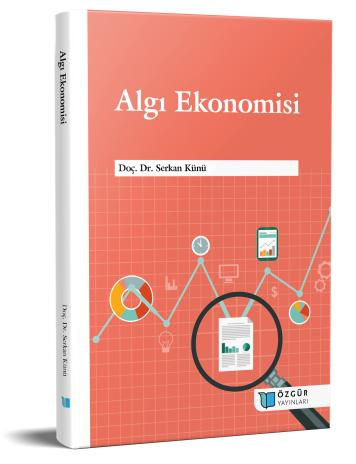
Perception Economy
Synopsis
This book has been prepared to highlight the importance of the "perception" factor in economic decision-making processes. In recent years, the concept of behavioral economics has emerged to explain the significance of perception, aiming to clarify the factors influencing individuals' decision-making processes. Perception economics, which can be examined within behavioral economics, has become a subject of research in various scientific fields such as psychology, finance, and marketing.
Individuals in decision-making stages under conditions of uncertainty and risk are influenced by factors such as social media and advertisements, leading them to change their consumption and investment preferences. Particularly in today's digital era, which we refer to as the "Digital Age," perception manipulations or decision-making variability induced through communication tools and their impact on economic behaviors constitute the primary focus of this book. The book seeks to illustrate how individuals or groups alter their economic decisions in response to any positive or negative news through case studies.
In the first chapter, different types of perception, human behavior as an outcome of perception, and the significance of perception in behaviors and consumption are explained through various approaches. The second chapter specifically examines the perception processes conducted on social media platforms that influence decision-making and the abandonment of previously made decisions, as well as the changes in consumers’ and users’ choices.
The final chapter includes case studies on topics such as cryptocurrency security and the status perception of luxury car brands. The influence of news reports or social media posts on individuals’ decision-making stages is illustrated with examples, followed by conclusions and evaluations. From the moment we wake up to the moment we sleep, we interact with social media, advertisements covering nearly every part of city centers, and even vehicle wraps designed to attract our attention, all of which contribute to variations in our decision-making.
For this reason, economic decisions, including investment and savings for the future, are shaped by changing environmental factors and strategically curated advertisements stored in the archives of social media producers, designed to influence individuals.
I hope this book will be beneficial to both readers and researchers.

